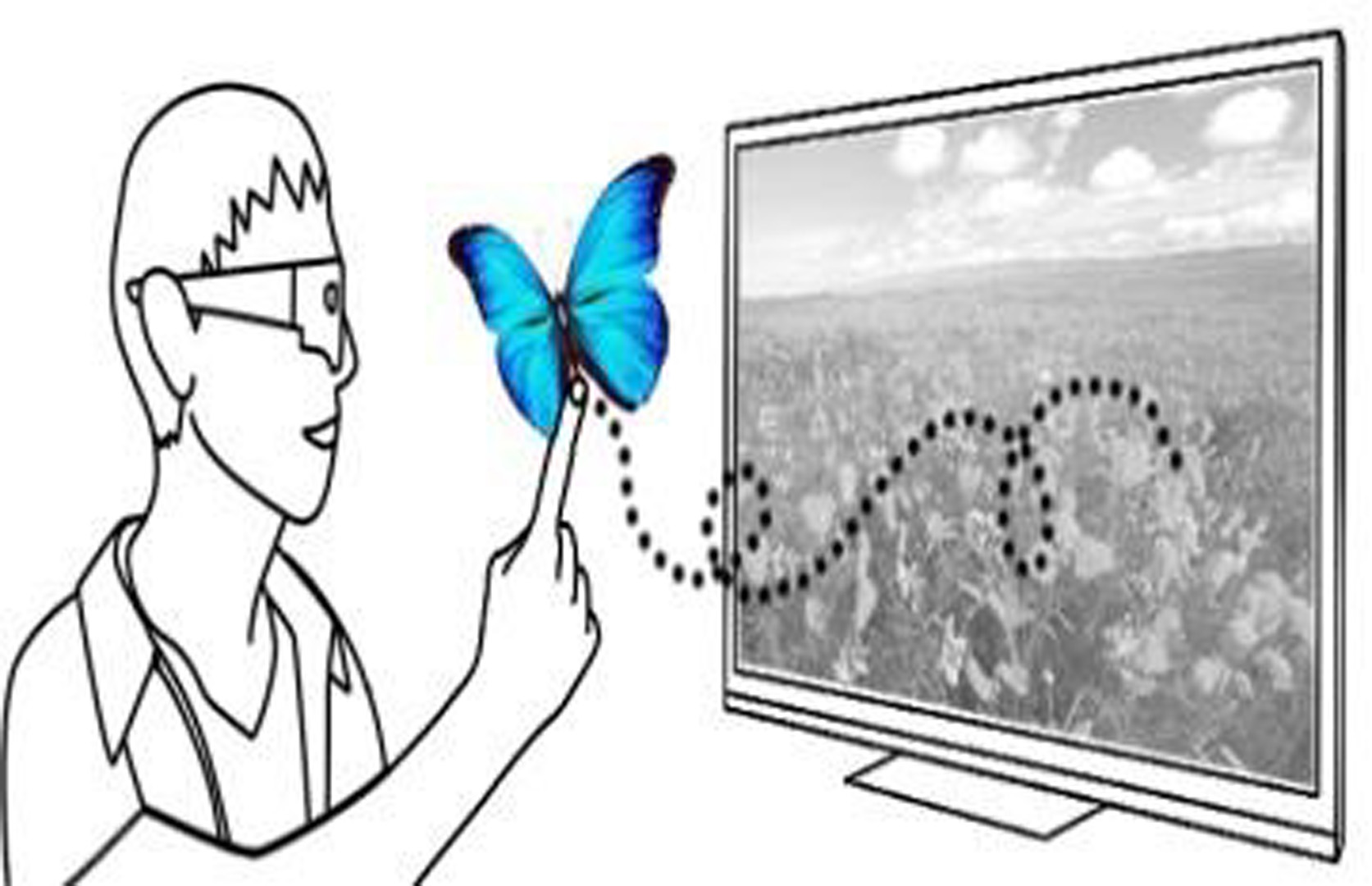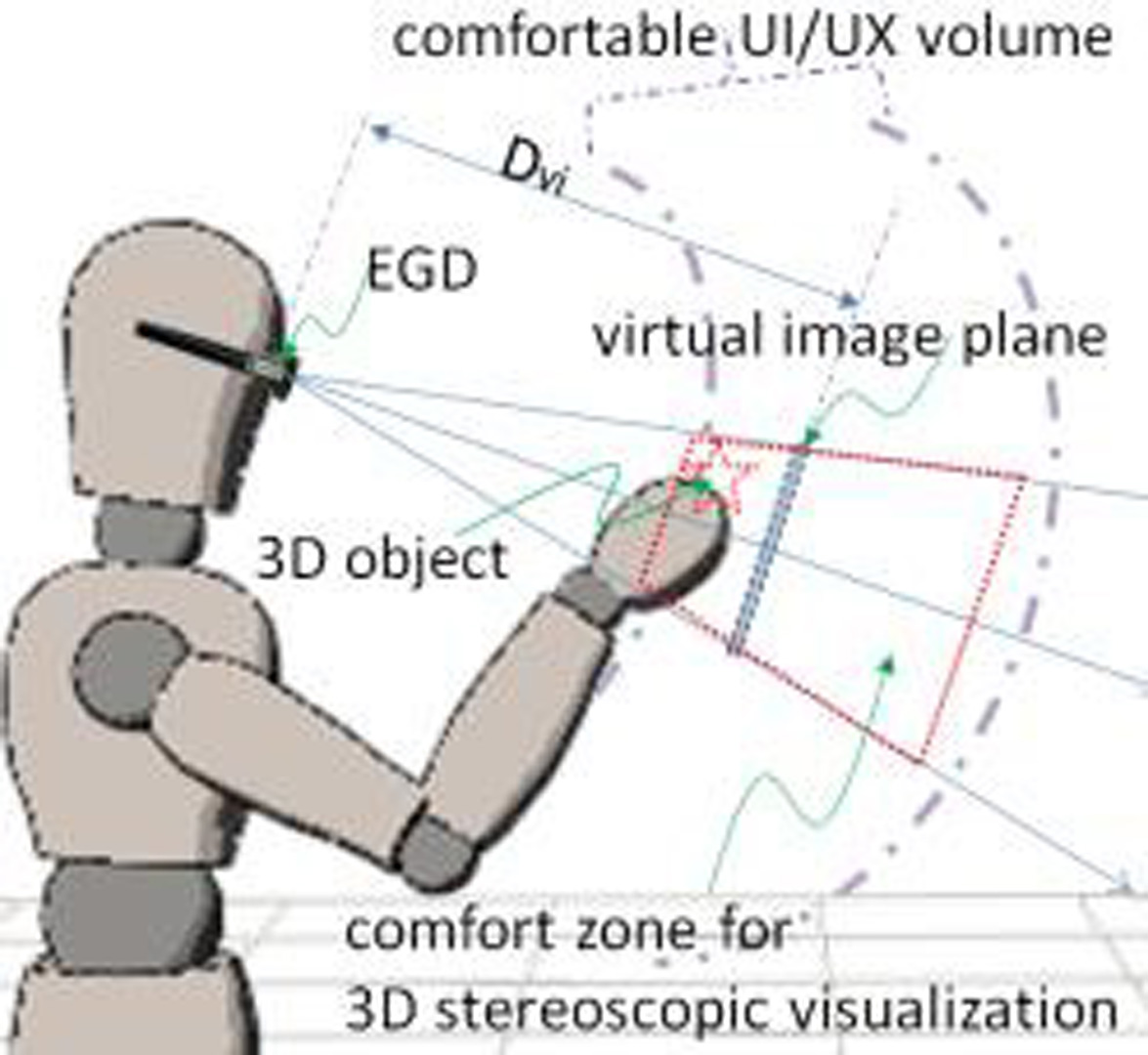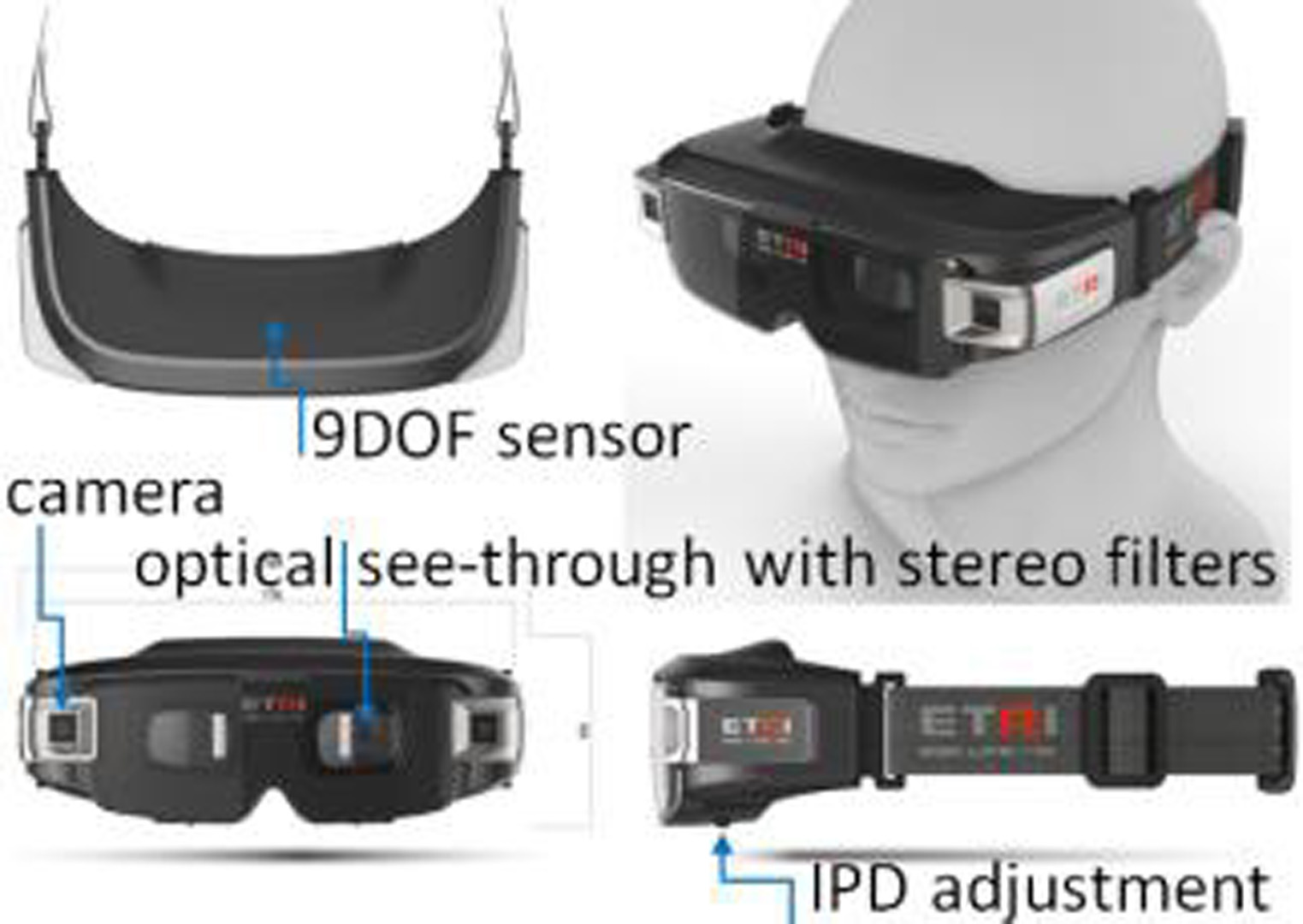“Wearable Display for Visualization of 3D Objects at Your Fingertips” by Yang and Kim
Conference:
Type(s):
Title:
- Wearable Display for Visualization of 3D Objects at Your Fingertips
Presenter(s)/Author(s):
Entry Number: 108
Abstract:
Many interrelated factors of visual perception are utilized in the recognition of a three-dimensional (3D) space. And, the 3D consumer electronics are not enough to deliver the fantastic experiences of 3D contents in such mediums as movies and commercial films, and it also has many limitations and side effects, for safety and human factor problems that can develop from long-term 3D viewing. In order to solve this problem, [Yang, et al. 2013] proposed the Expanded 3D (E3D) display platform that expands the natural 3D visualization space by seamlessly combining multiple comfortable zones of homogeneous and heterogeneous displays into one. In order to verify the practicality of the E3D concept, we have conducted several implementations such as figure 1 by simply combining the Eye Glasses-type Display (EGD that outputs SXGA images with 41° field-of-view) 2.0’s output to the other display’s output. However, we found that this was still not enough to get a natural feeling of exact position or direct interaction within the near-body space close to the user’s eye. We researched the characteristics of various commercial Head Mounted Displays (HMDs), this led us to discover that the cause of the unnaturalness phenomenon is caused by a particular common aspect of the optics system. The HMD technology was derived from the Head Up Display (HUD) system in airplanes and some automobiles. The purpose of a HUD is to enable the pilot’s visualization of flight information at a far distance. The optical position of the virtual information screen (i.e. focused plane) was therefore designed at infinity (or far distance) by setting the convergence angle to zero or applying parallel vision. Therefore, we presume that the existing optics system of HMDs is not suitable for expressing 3D objects in the near-body space.
References:
- Shibata, T., Kim, J. W., Hoffman, D. M., and Banks, M. S. 2011. The Zone of Comfort: Predicting Visual Discomfort with Stereo Displays, Journal of Vision, vol. 11, no. 8, 1–29.
- Yang, U. Y., Kim, N. K., Seo, J. S., Kim, K. H., and Lee, G. H. 2013. Mixed Display Platform to Expand Comfortable Zone of Stereoscopic 3D Viewing, ETRI Journal, vol. 35, no. 2, 352–355.
Additional Images:
- 2014 Poster: Yang_Wearable Display for Visualization of 3D Objects at Your Fingertips
Acknowledgements:
This work was supported by the R&D program of Ministry of Science, ICT & Future Planning (MSIP) and Korea Evaluation Institute of Industrial Technology (KEIT) (10039923, Development of Live4D contents platform technology based on expansion of realistic experiential space).








